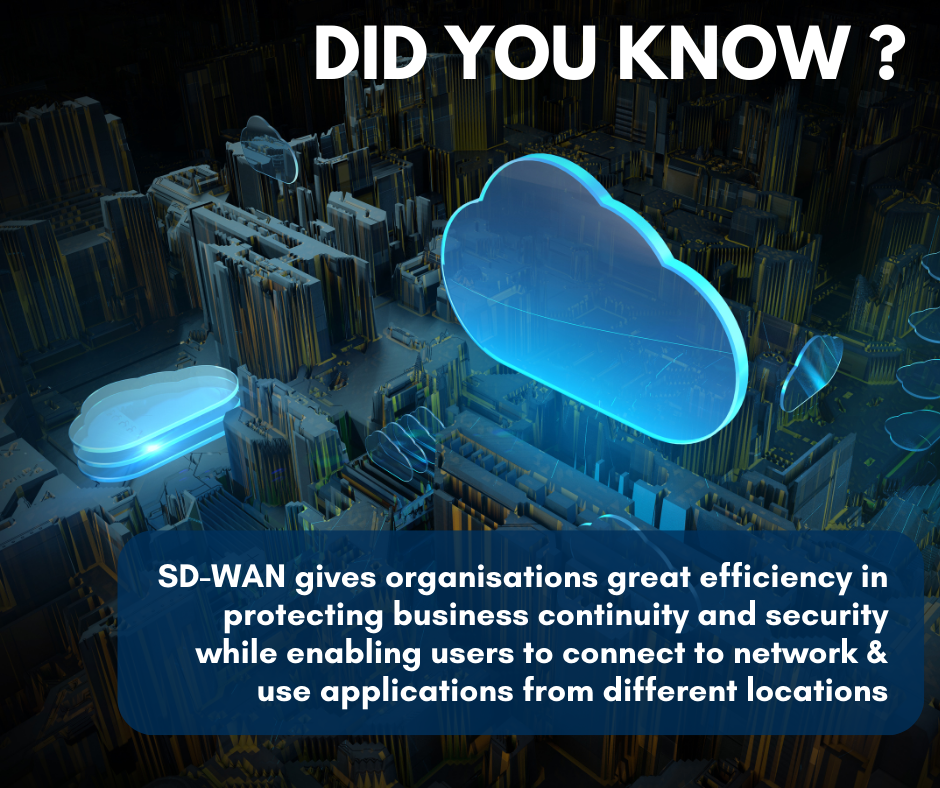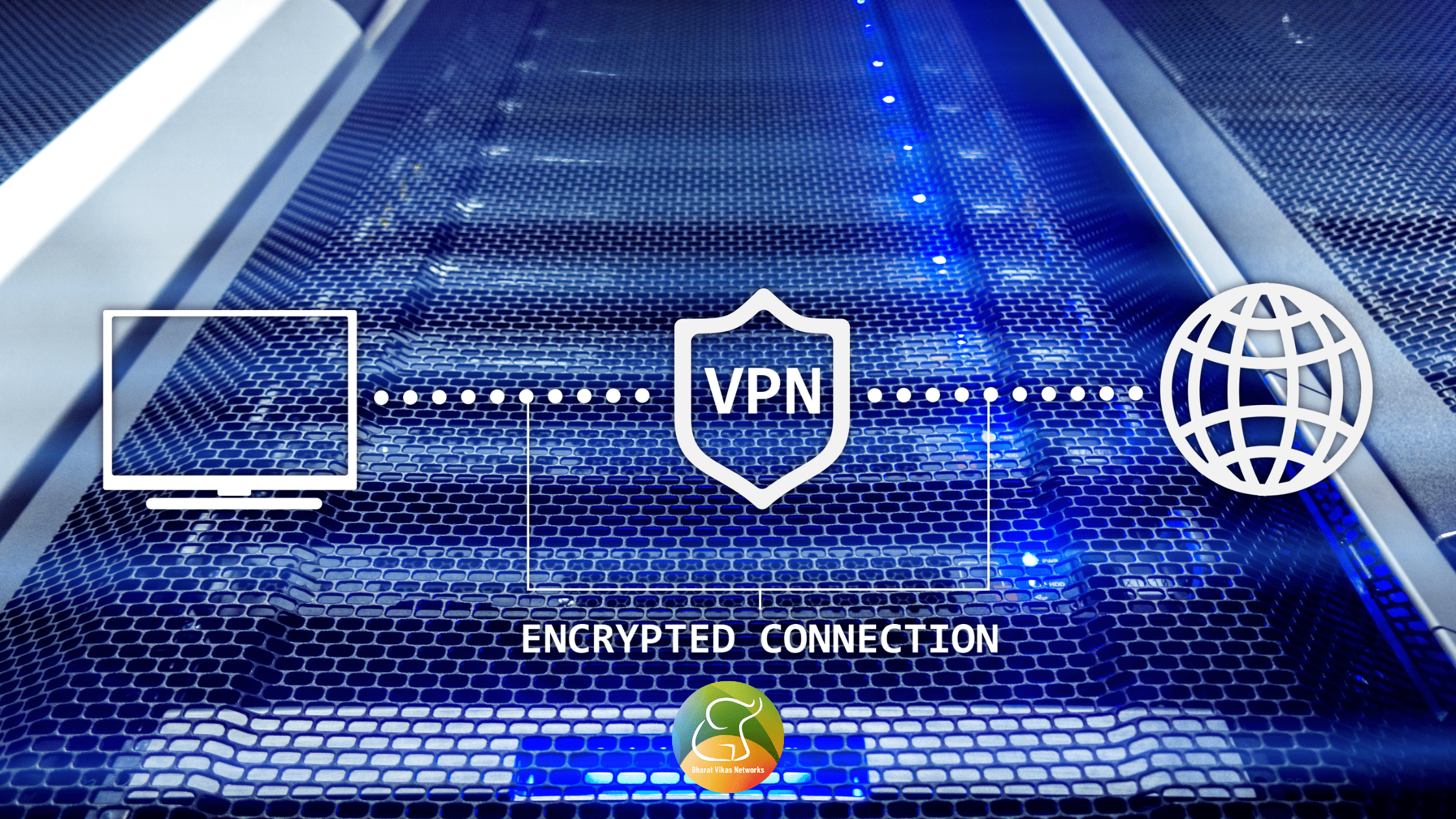The software-defined wide area network (SD-WAN) is a major competitor to MPLS (Multiprotocol Label Switching) and could be used instead of it. As its name suggests, this technology uses WANs to implement the SDN methodology. MEF released the first SD-WAN standard in 2019.
Software-defined wide area network simplifies the connection building and managing between different sites, e.g., data centres in inter-data centre networks and branch offices in enterprise networks, and provides the necessary flexibility, centralized control and monitoring with lower costs. In other words, it allows businesses to build their WAN networks using both cheaper MPLS connections and cheaper links (like broadband). The growing use of cloud services by businesses and the trend toward remote work are two essential factors propelling the development of SD-WAN. Three forms of SD-WAN exist: managed SD-WAN, Network as a Service (NaaS) SD-WAN, and Do-It-Yourself SD-WAN (DIY)

- Hardware, software, and transport services are all controlled by the providers for managed SD-WAN.
- A form of SD-WAN subscription known as NaaS allows businesses to subscribe and access the provider’s extensive SD-WAN network.
- Finally, there is DIY SD-WAN, in which businesses purchase an appliance from suppliers and construct their network.
- This strategy gives the business maximum control over managing, monitoring, and updating the network. According to a Nemertes poll, DIY SD-WAN was the most often used option in 2018, with around 70% of respondents utilizing it.
- While in a study, it was also found that the use of managed SD-WAN had grown quickly and that businesses with big WANs were more likely to adopt this kind of SD-WAN.
- In a survey conducted in 2021 by Altman Solomon, it was shown that just 23% of the organisations used DIY SD-WAN, while 77% of the companies used managed SDWAN.
As a result, the primary type of SD-WAN used by businesses has changed. In their study, “The future of network security is in the cloud,” Gartner explains how SD-WAN raises the significance of Secure Access Service Edge (SASE). The architecture of SASE, which combines several parts of networking, security, and identity, lists SD-WAN as a major component. As customers have a direct Internet connection thanks to SD-WAN, the network becomes increasingly decentralized, which raises the requirement for traffic protection across many sites. The SASE component of SD-WAN steps in at this point, offering a cloud service for security.
Are you looking for SD-WAN services? We’ve got you covered.
Contact us now at [email protected]








